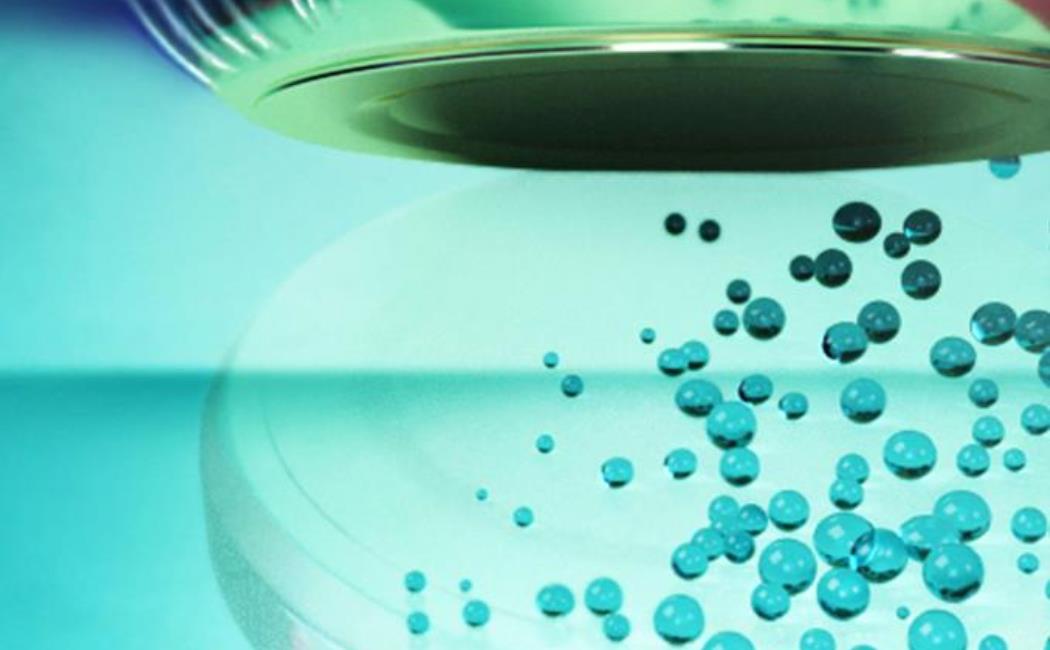When a solid object hits a liquid, the impact produces shock waves: a process that has long occupied engineers due to its implications for design of hydraulic systems or motors. KAUST researchers now show that impacts at speeds lower than expected can still induce these damaging shock waves.
Also important for understanding shock waves is the process of cavitation. The pressure exerted by a gas on an evaporating liquid is known as the vapor pressure. If the liquid undergoes pressure less than the vapor pressure, cavitation occurs and bubbles form. When these bubbles collapse the resulting shock waves can cause damage, affecting mechanical systems.
Previous research has confirmed cavitation can occur where the impact velocity has been very high, such as bullets passing through a falling jet of water. But now Tadd Truscott, Sigurdur Thoroddsen, his group from KAUST and their colleagues at the University of Waterloo in Canada, have shown that cavitation can occur even when the impact velocities are not so high.
The fluid dynamics that evolve when a solid hits liquid were first formalized by Hungarian-American physicist Theodore von Kármán in the 1920s. He began by investigating the landing of a seaplane on the ocean, but his work expanded over time. He showed that the pressure on the bottom surface of the impacting body approaches infinity for flat impacts.
Thoroddsen and the team used time-resolved images from synchronized high-speed cameras to observe what happens when a flat-bottomed cylinder 30 millimeters in diameter hits a pool of liquid. They showed that even at speeds as slow as one meter per second, the impact can decrease the local pressure sufficiently to cause cavitation. This comes about because the liquid is slightly compressible, and so the impact creates waves of large pressure that reflect from the surface to form negative pressure regions.
Only objects that contained an edge led to cavitation. The team saw no such effect when they investigated the impact of a 20-millimeter-diameter sphere, for example.
The researchers propose a way to predict the onset of cavitation in scenarios involving low-speed solid-liquid impacts. They suggest that these could occur in situations such as boats slamming, cliff jumping and ocean landing of spacecraft.
